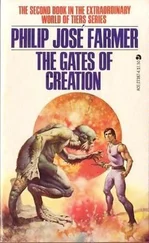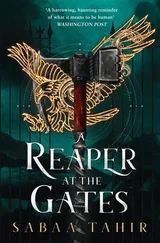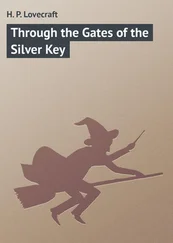Sgt. Albert Pflüger. His wounded arm still crawling with lice, Pflüger marched off to prison, where he later contracted typhoid fever. Invalided home in 1949, he now makes his home in a suburb of Stuttgart, West Germany.
Gen. Carl Rodenburg. One of the “incorrigibles” whom the Russian government kept in jail until 1955, the monocled Rodenburg now lives in Lubeck, West Germany.
Gen. Alexander Rodimtsev. For his gallant leadership of the illustrious 13th Guards Division, the youthful general was named a Hero of the Soviet Union for the second time. Retired from active service in 1966, he now lives in Kiev.
Gen. Konstantin Rokossovsky. Stalingrad was just one of many victories for the Polish-born general as he traveled the long road to Berlin. Later elevated to marshal, he died of cancer in 1968.
Rudolph Rossler. On January 16, 1943, the director of Soviet espionage at the center in Moscow radioed congratulations to the “Lucy” network in Switzerland for its help in defeating the Germans around Stalingrad. Finally exposed as a spy by Swiss police, Rossler served a short term in jail and died in 1958 without ever revealing his sources within the German High Command.
Gen. Arthur Schmidt. The man who Hitler said would “sign anything” in captivity proved to be one of the most stubborn prisoners the Russians held. Sentenced to solitary confinement for long periods and physically abused, the dogged Schmidt always refused to cooperate with Soviet authorities who were anxious to use his name against the Nazi government. In October 1955, he returned to Hamburg, where he still resides. For years the general has continued as a highly controversial figure. His many detractors claim that he dominated Paulus and kept the battle going far beyond humane limits. Schmidt vehemently denies that he unduly influenced Paulus and claims that they rarely, if ever, argued about decisions. On one point, however, there is no doubt: that in the last weeks inside the Kessel, Schmidt’s determination to continue fighting far exceeded Paulus’s apathetic acceptance of disaster.
Col. Herbert Selle. Flown out of the Kessel in January, Selle became vocal in his opposition to the Nazi party. His associations with men who later tried to kill Hitler nearly cost him his life. Like Schmidt, he lives today in Hamburg, West Germany.
Gen. Walther Seydlitz-Kurzbach. A prime mover in the Bund Deutsche Offiziere that broadcast against Hitler, Seydlitz reaped bitter fruit. The Nazi government forced his wife to divorce him. His name became anathema to patriotic Germans, and when he declined a position in the Communist East German government, the Russians sentenced him to twenty-five years at hard labor. Repatriated in 1955 to West Germany, he faced a stony silence from former friends and the mass of German people. Now in his eighties, he has only slightly refurbished his image. In the recent wave of revulsion against Hitler’s tyranny, Seydlitz’s strong denunciations of the Nazi rulers have earned him some favor with the younger generation.
Maj. Nikolai Tomskuschin. The officer who dismissed the thought of suicide so that he might live to see his son Vladimir, never went home to Russia. Sent to Germany as a slave laborer, he survived brutal imprisonment. But after the war, like many Russians, Tomskuschin feared reprisals from suspicious Kremlin leaders and refused to board a train bound for the Soviet Union. His fears were justified. Thousands of former prisoners went home to face execution or prison terms for various misdeeds, real or imagined: collaboration, dereliction of duty in the field, or simply contamination by Western ideas.
Sgt. Hubert Wirkner. Burned, frostbitten, and aching with typhoid fever, Wirkner huddled for nearly two weeks in a Stalingrad cellar until kindly Russian soldiers carried him out to captivity. Declared unfit for labor, he received a release from prison camp in 1945. Today he lives in Karlsruhe, West Germany, is married, and the father of two children.
Gen. Andrei Yeremenko. He published a trilogy about the Russo- German War in which he condemned Stalin’s mishandling of strategy during the first year of the war. Never given full credit for his initial defensive tactics against General Hoth’s onrushing panzers south of Stalingrad in August 1942, he nevertheless enjoyed nationwide acclaim for his participation in the battle. Yeremenko died in 1971.
Lt. Vassili Zaitsev. The supersniper was credited with killing 242 Germans at Stalingrad before a land mine’s explosion temporarily blinded him. Hailed as a Hero of the Soviet Union, he married and settled in Kiev as the director of an engineering school.
Marshal Georgi Zhukov . The architect of the counteroffensive at Stalingrad failed to get proper recognition for that feat until after Khrushchev fell from power in 1964. Forced into retirement after a clash with the premier, Zhukov was rehabilited by Brezhnev and Kosygin and allowed to publish his version of the struggle for Stalingrad and other battles. Zhukov lives in a country home near Moscow.
Maj. Coelestin von Zitzewitz. The controversial “observer” inside the Kessel went into business in Hannover, West Germany, after the war. He always denied that he had been Hitler’s spy, put there because of the Führer’s lack of faith in the Sixth Army command. Zitzewitz died in 1962.
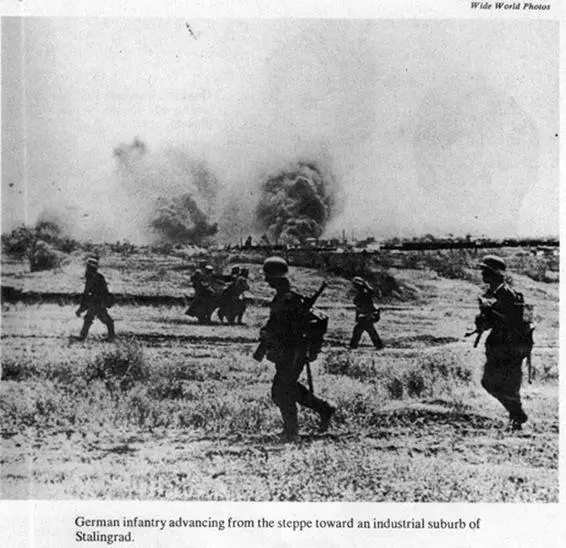
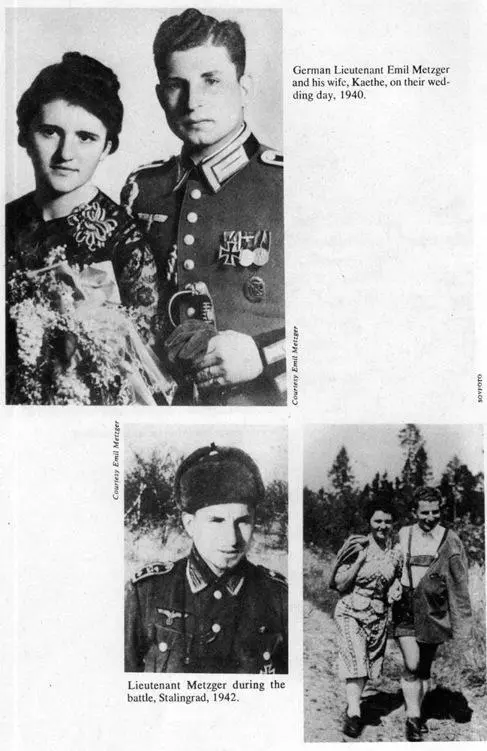
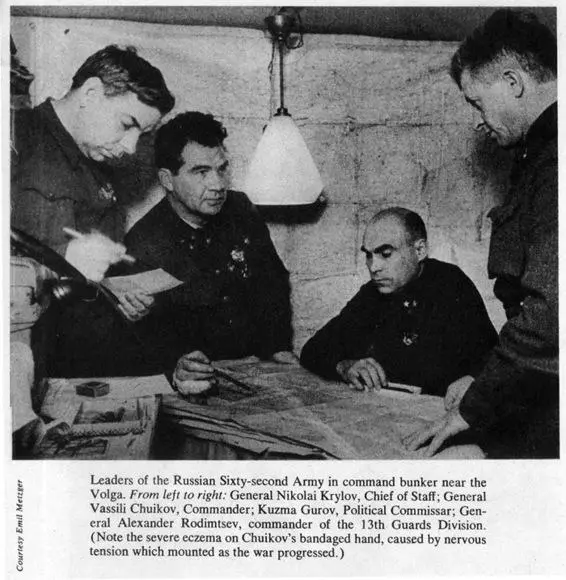
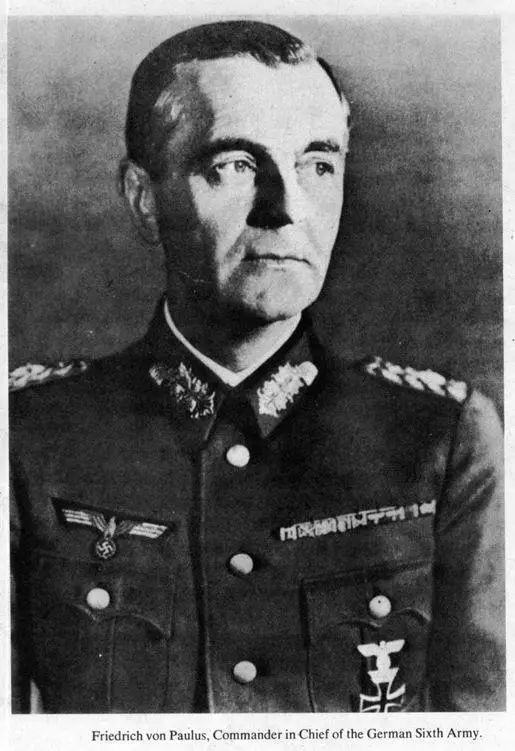
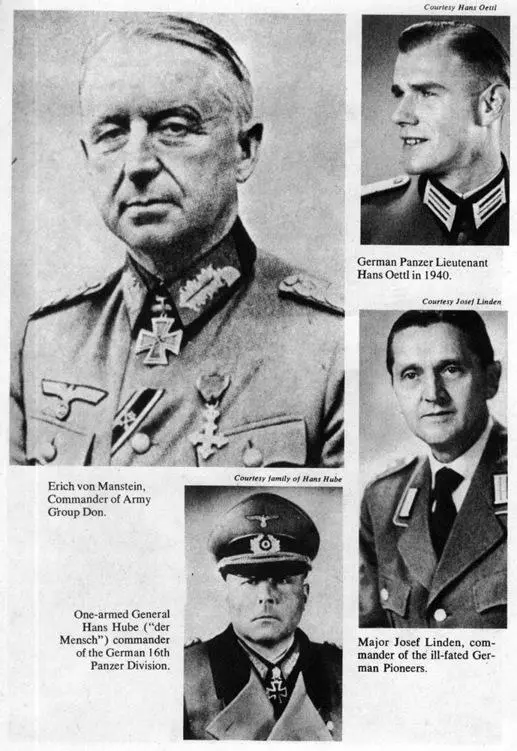
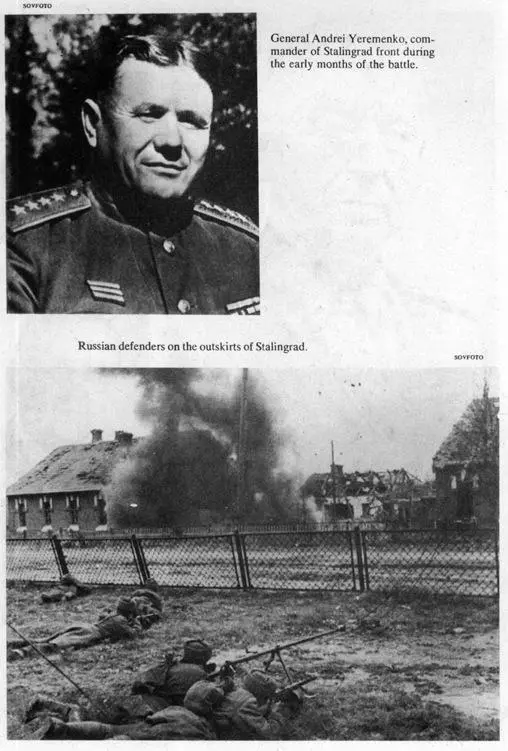
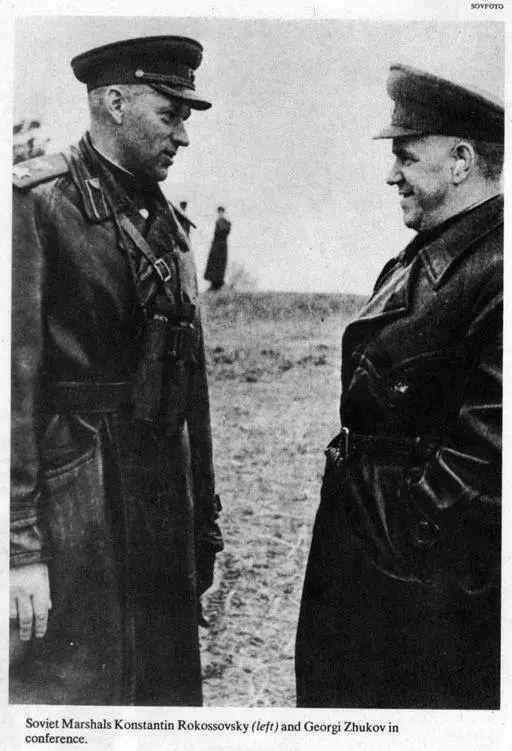
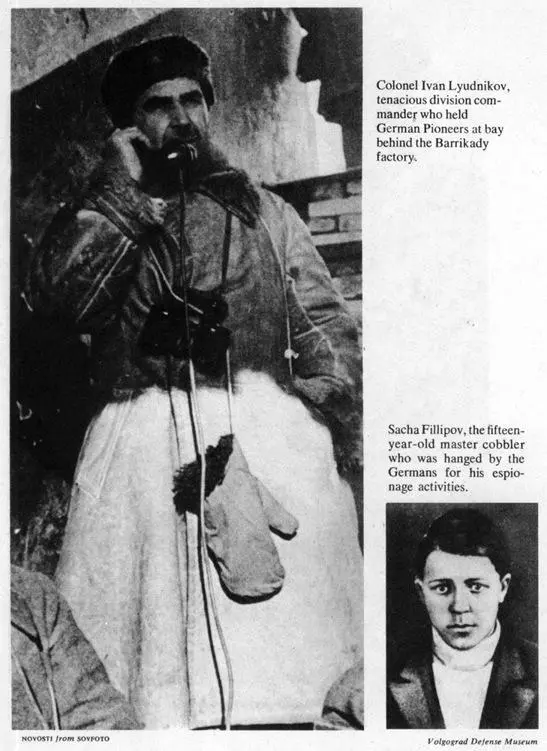
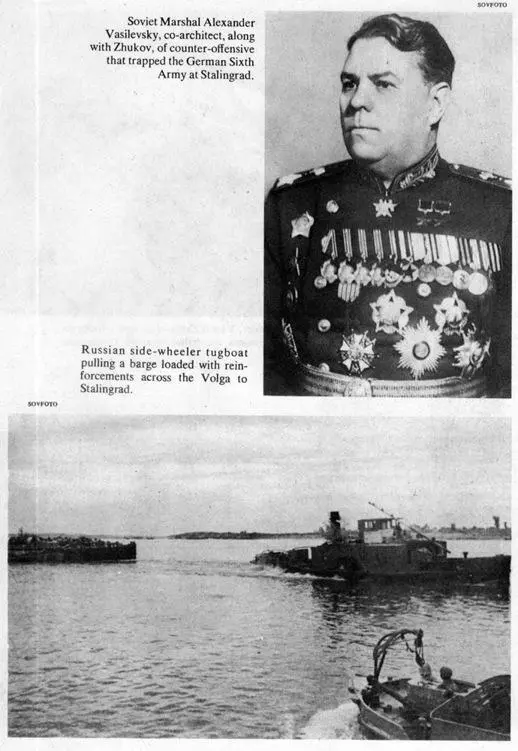
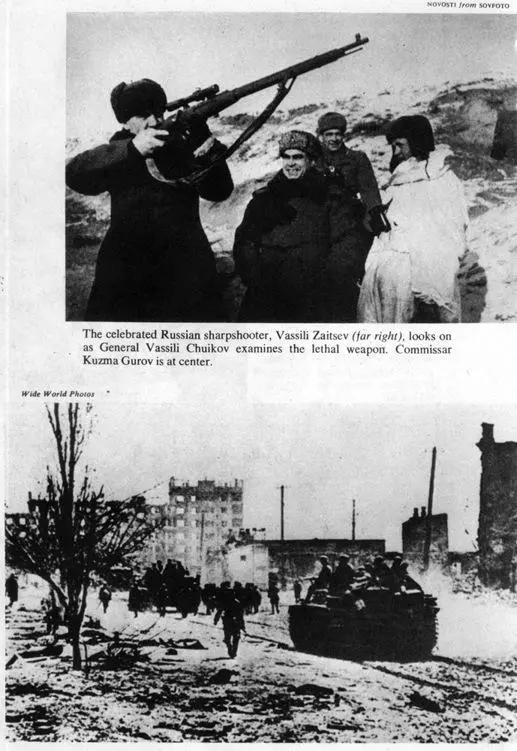
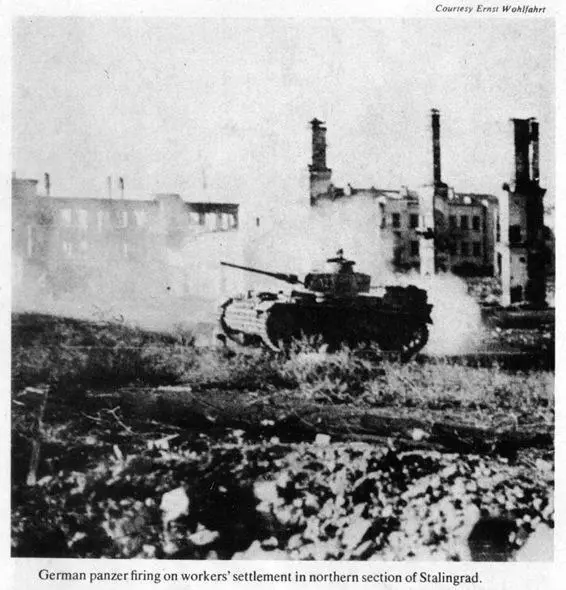

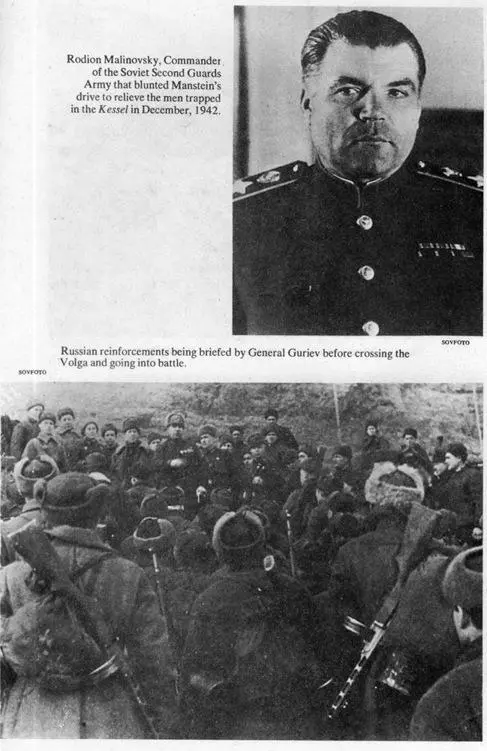
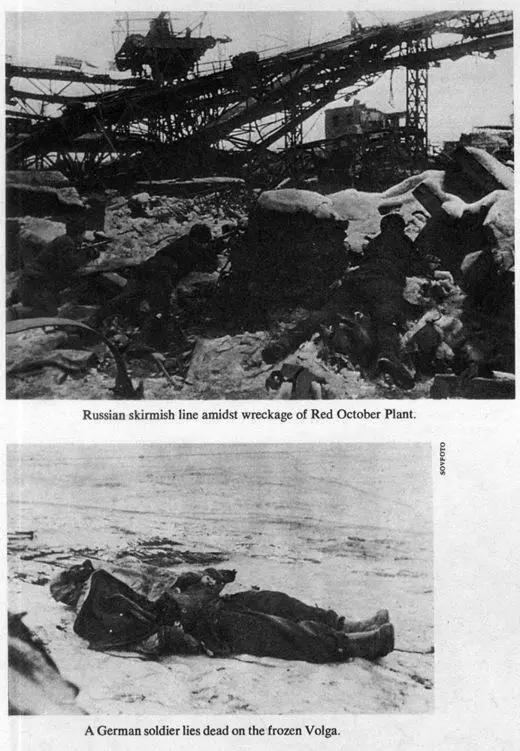
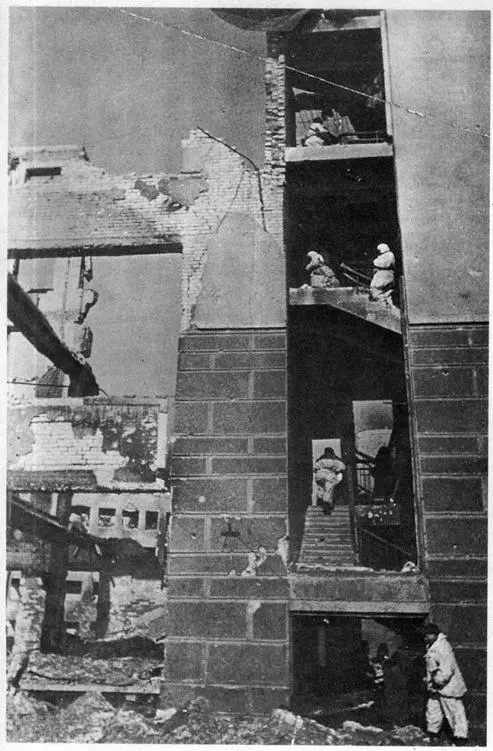
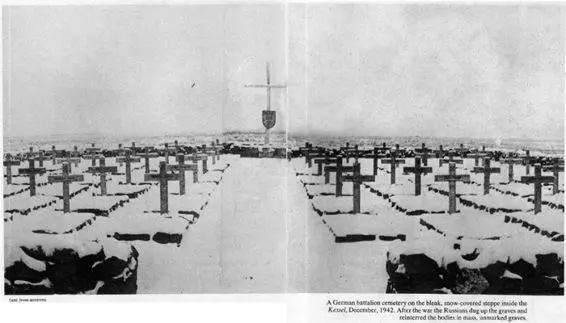
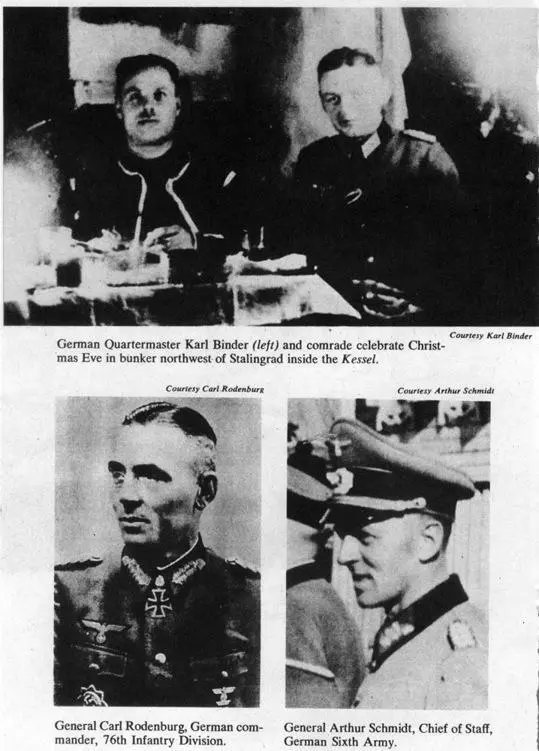

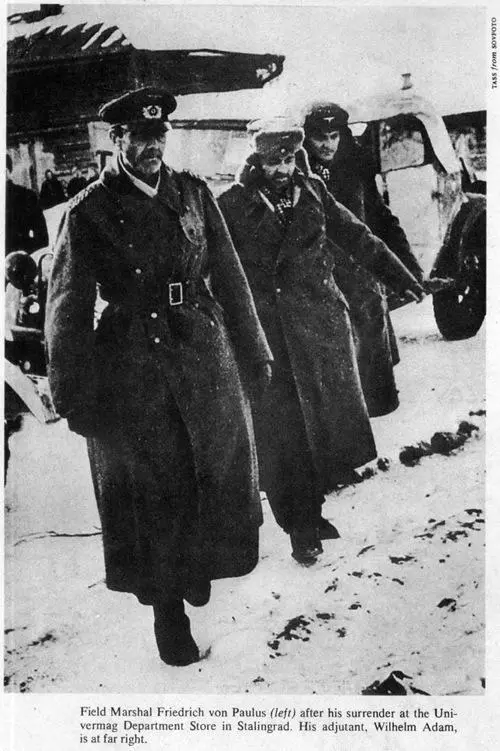


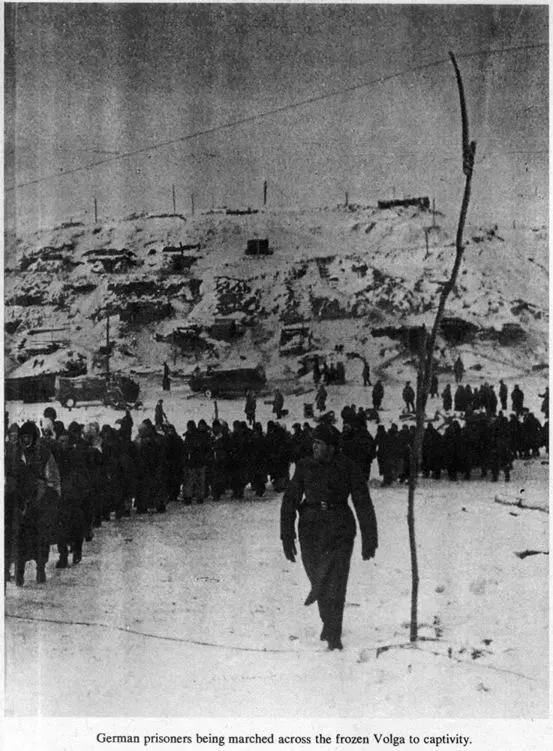
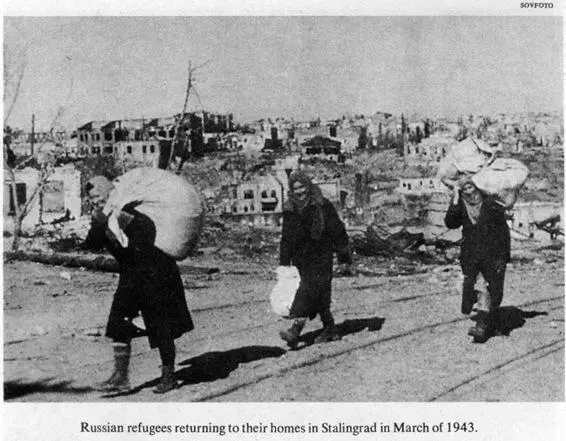 Читать дальше
Читать дальше

























